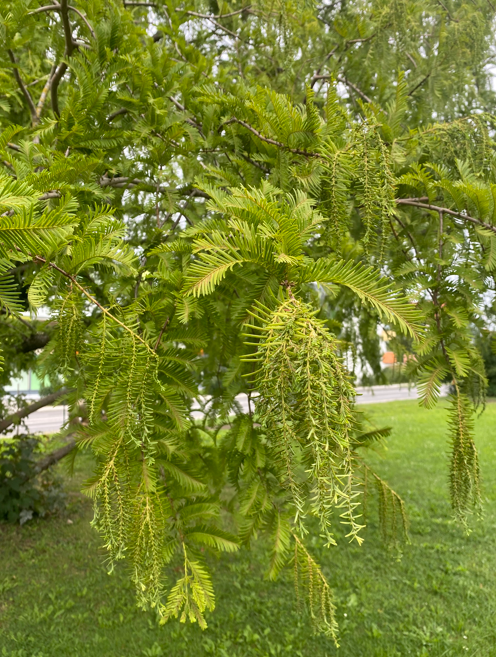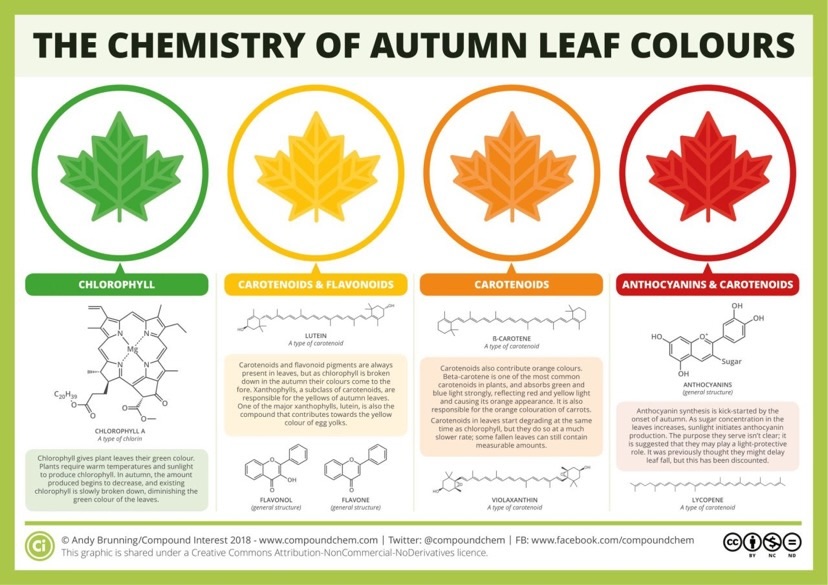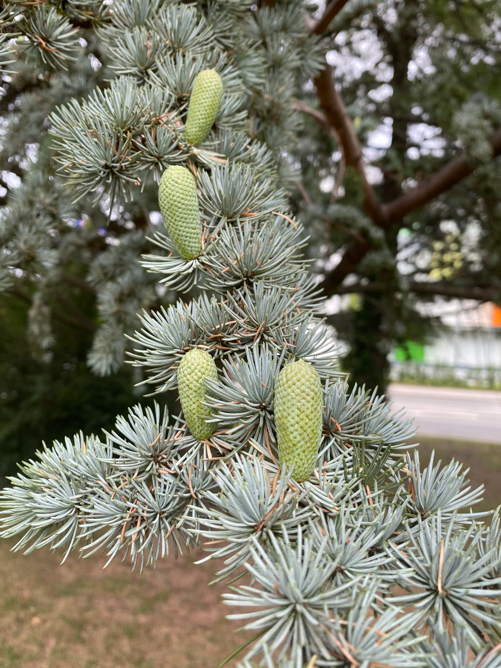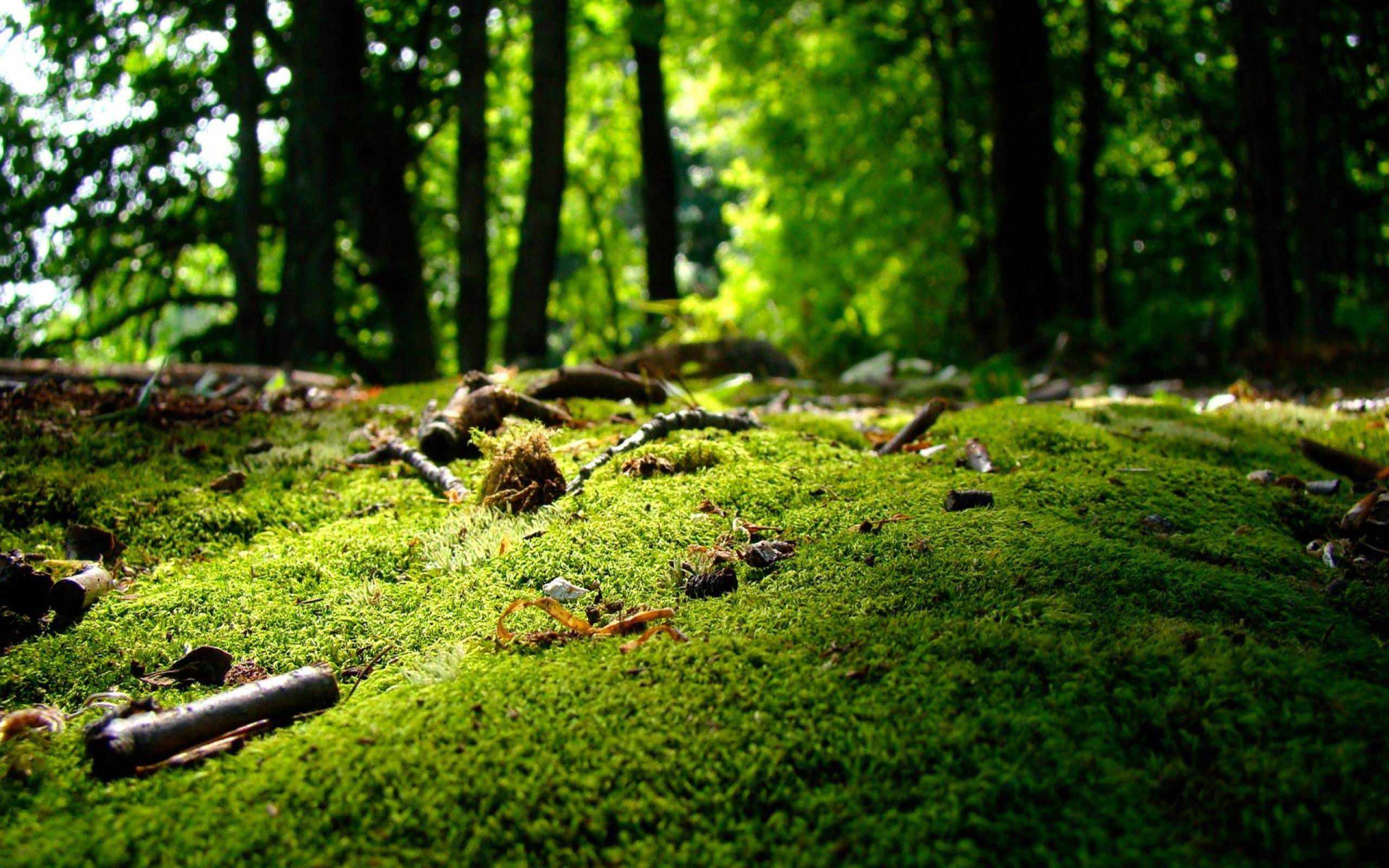Author:
Gloria Corradini
Short summary:
We discovered a wonderful park in the city centre of St. Poelten. With more than 34 species between trees and herbs, Altona Park represents such a valuable resource for the city. Unfortunately this green lung of the city is in danger...

Altoonapark (St. Pölten) is a small park, of only about 7,500m2 in surface area. It is located between a residential area and schools on Johann-Gasser-Straße. Schulring, a busy and noisy road, and Mühlbach confine the park in the North and East respectively. Altoonapark is not very popular in the city and is mainly visited by children waiting for the buses after school and, by some residents walking their dogs. This park has been recently defined by the city administration as the most suitable location for the “KinderKunstLabor” (or Children’s art lab), which is scheduled to open there in 2024. It will be a modern and expensive building with the aim to teach and develop artistic and cultural skills in children aged 6 to 12 and is part of a bigger project to transform St. Pölten into a regional culture hub.
After reading about this project, we decided to have a closer look into the park before it becomes a sterile building site. As ecologists and environmental educators, we are mostly attracted by the biodiversity that can be found in parks and rare tree species. When entering Altoonapark, we were surprised by the high variety of shrubs and trees that has been planted in such a small area! We identified 34 different species of plants, the Norway maples (Acer platanoides) being the most common and growing wildly along the Mühlbach. The rest of the park was a colorful variety of trees! with two giants in the center, a small-leaved lime (Tilia cordata) about 3m in girth, and a Giant Sequoia (Sequoiadendron giganteum).

The broadleaf trees were mostly species common in the region: different types of Maples (Acer platanoides, Acer pseudoplatanus, Acer saccharinum, Acer negundo), Limes (Tilia cordata), Birches (Betula pendula), a Black locust (Robinia pseudoacacia), a Crack willow (Salix fragilis), and a European Beech (Fagus sylvatica). To the delight of the local birds, a few edible fruit trees were found: a wild cherry (Prunus avium), with quite small and bitter fruits, a precursor of the modern varieties of cultivated cherries; the European crab apple (Malus sylvestris), which produces very small apples and it is considered to be the most important ancestor of cultivated apples; and a few small apple trees (Malus domestica), with fruits that can be eaten in late summer.
Apart from these deciduous trees, which flowers, leaves and fruits can be enjoyed from spring to fall, Altoonapark is also home to an incredibly high variety of conifers, that offer fatty seeds and nesting sites to birds during the long and cold Austrian winter. Most of those conifers are actually exotic species, widely planted worldwide as ornamental trees in parks and gardens. However, they are rare in St. Pölten, and they offer a great opportunity for locals and students to learn the differences in needles and cone shapes between cypresses, spruces and pines (just to name some). One of my favourite conifers was a large and very beautiful specimen of Dawn Redwood (Metasequoia glybtostroboides).

It is an incredibly interesting species, defined as a living fossil, because fossils of the same genus (Metasequoia) have been found dating back to the Mesozoic Era (around 150 million years ago). This genus was believed to be extinct until the mid- twentieth century, when a small living population of Metasequoia glyptostroboides was found in a region of south- central China. Nowadays this tree is commonly planted as an ornamental tree, still, it is considered an endangered species in the wild and therefore appears on the IUCN red list. However, also cultivated plants are endangered since, coming from such a small wild population they suffer from extremely low genetic variability. This increases the susceptibility of the species to diseases and reproductive failure. Another interesting aspect of this tree is its deciduous nature: On the contrary to most evergreen conifers, the Dawn redwood’s needles turn red and yellow in autumn, dressing the tree with beautiful fall colours.

Another curious species, we observed in Altoonapark is the Hinoki cypress (Chamaecyparis obtusa). This small cypress is often grown as a bonsai and more than 200 different cultivars are planted in parks worldwide. The species is originally from central Japan, and it is now listed as Near Threatened (IUCN) in its wild range due to the intense harvesting of its timber. In fact, its high quality and durable timber it has been used for thousands of years in Japan to build palaces, temples and shrines. It is said that well-built hinoki structures can last 1000 years or more!
Later during the walk, our sight got caught by the elegant silvery-blue needles collected in almost symmetrical tufted clusters on the Atlas cedar’s branches. It was our first time to encounter this North African species! The image of this tree in its natural habitat, with sleeping Barbary macaque (Macaca sylvanus) laying on its branches made me smile. Unfortunately, like other conifers described above, also this tree is listed as Endangered (IUCN) in the wild. But in this case, humans’ timber overexploitation is only one of the causes (it happened mostly between 1940 and 1980). Later on, continued droughts enhanced by climate change and attacks by vary parasites worsened its already fragile status. However, it may be a good species to be planted in Northern and Central Europe to fight climate change, because it is more drought resistant than native species.

After the visit to Altoonapark we felt very excited about all those new and curious species that we have encountered. We hope that all these trees will be preserved during the construction of the “KinderKunstLabor” since this park gives an enormous opportunity to learn about tree biodiversity and endangered species. To know more about possible activities in Altoona park, check out the Plants & Friends Altoonapark on the ARK library (you need to be a registered facilitator to do so) or join us on one of our next guided walks in the park: https://ark.greensteps.me/community/stp.
Further readings:
- What do we do?
- Why is it important?
- An innovative view of the role of cities





